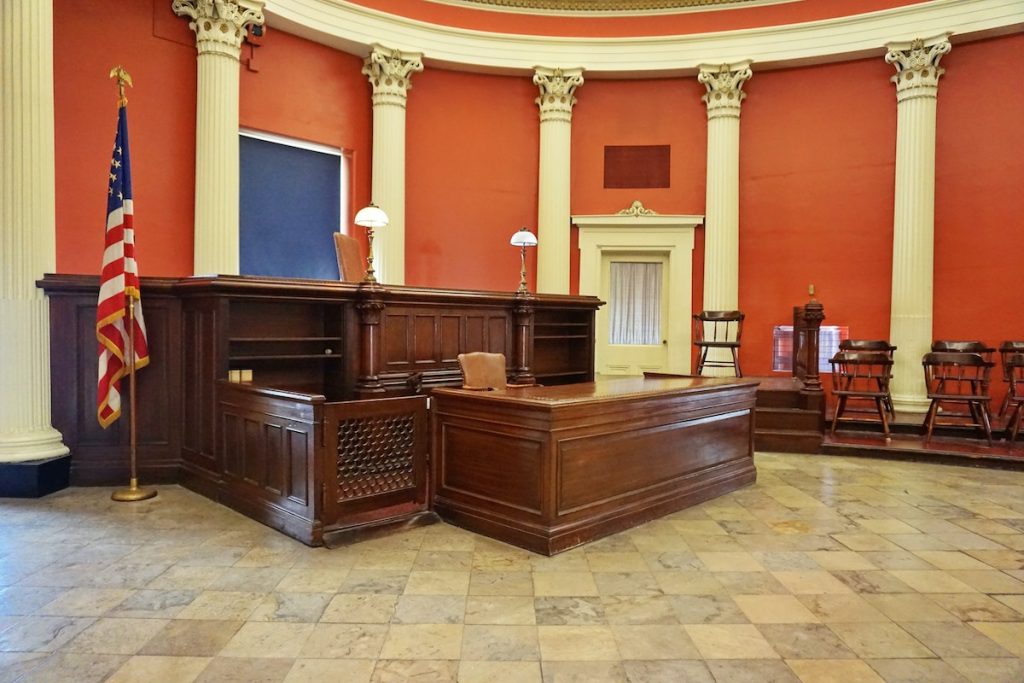It’s important to acknowledge the undeniable impact of appearance when preparing for a court date. Ensuring you have the appropriate wardrobe for court could shape the initial impression you make, setting the foundation for all that ensues. This article provides a comprehensive guide on how to curate an optimal attire selection for your day in court.
Table of Contents
Understanding the Importance of Appropriate Attire
First and foremost, it is crucial to appreciate why attire matters in a court setting. The court environment commands respect, and dressing appropriately can signal that you recognize this fact. Moreover, your attire can be a reflection of your character, helping to shape perceptions about your respectability, responsibility, and trustworthiness. It is advisable to approach the process of selecting court attire with deliberate thought and preparation.
Dressing for a Professional Environment
A courtroom, fundamentally, is a professional environment. Therefore, it’s prudent to dress in a manner that is conservative and formal. This might include business attire such as a suit or a simple, conservative dress for women and a suit or dress shirt and slacks for men. Colors should be muted and neutral, with any accessories kept to a minimum. Shoes should be clean and polished, again leaning towards more conservative styles.
Being Mindful of Individual Circumstances
While the overarching principles of court attire lean towards conservatism and professionalism, it is also important to consider individual circumstances. For example, if you are a plaintiff or defendant in a personal injury case, it could be appropriate to wear a brace or other medical device that is relevant to your case. The same principle extends to religious or cultural attire; respect for the court does not mean sacrificing one’s personal beliefs or customs.
Avoiding Overdressing or Underdressing
One common pitfall is the temptation to overdress, as if attending a formal social event, or to underdress, taking a casual approach. Both extremes can be detrimental. Overdressing can come off as showy or insincere, while underdressing may signal a lack of respect for the seriousness of the proceedings. Strive for a middle ground—professional, yet understated attire is typically the safest bet.
Making Your Final Selection
Now that you have an understanding of the principles behind choosing court attire, it’s time to make your selection. Try on the outfit in advance to ensure it fits well and you feel comfortable. Consider every detail, from the overall ensemble to the state of your shoes. Be sure to have a backup outfit prepared, just in case of any last-minute issues.
Taking Care of Grooming
Don’t forget that grooming is a key aspect of your overall appearance. Ensure that your hair is neatly styled, facial hair is well-groomed, and any makeup is tastefully applied. Perfumes and colognes should be used sparingly, if at all.
Anticipating Weather and Environment Factors
Another crucial aspect to consider while selecting your court attire is the anticipated weather and indoor conditions. An understanding of the day’s weather forecast can guide your choice of attire. However, remember that courtrooms are typically maintained at cooler temperatures, so it might be wise to carry a jacket or a sweater.
In the summer, lightweight fabrics such as cotton, linen, or silk blends are advisable for comfort. However, they should still retain a formal appearance. In colder weather, heavier fabrics like wool can provide both warmth and the requisite professional look.
Additionally, court proceedings can sometimes stretch for long hours. Ensure that your attire isn’t just suitable but also comfortable for extended wear. Pay attention to elements like the fit of your clothes, the comfort of your shoes, and the practicality of your accessories. Dressing with foresight can contribute towards maintaining your composure during the proceedings.
Prioritizing Modesty and Respect
One overarching theme that you should remember while preparing your court attire is the importance of modesty and respect. These values are paramount in a court environment, and your choice of attire should reflect them.
Men should opt for long trousers and full-sleeved shirts, avoiding flashy ties or ostentatious cufflinks. For women, skirts and dresses should be knee-length or longer, and tops should not be low-cut. It is prudent to avoid excessively bright colors or bold prints, sticking instead to subdued tones and patterns.
The objective is to stand out for the strength of your case, not your attire. Ostentatious or distracting attire could detract from the gravity of your case and create an unwanted focal point. Ultimately, your respect for the courtroom and the seriousness with which you approach the proceedings should be mirrored in your chosen wardrobe.
Looking Ahead
Approaching your court date with an understanding of the importance of your wardrobe can enhance your overall experience. While it’s clear that your attire won’t determine the case’s outcome, dressing appropriately displays a level of respect for the court, and by extension, for the legal process.
Wrapping Up
When it comes to dressing for court, the main principles are simplicity and respect. As you consider the numerous factors outlined above—professionalism, individual circumstances, weather, comfort, modesty, and respect—you’ll be well-equipped to make an appropriate and effective wardrobe selection. With your court attire settled, you can focus your attention on the important matter at hand: your case.

